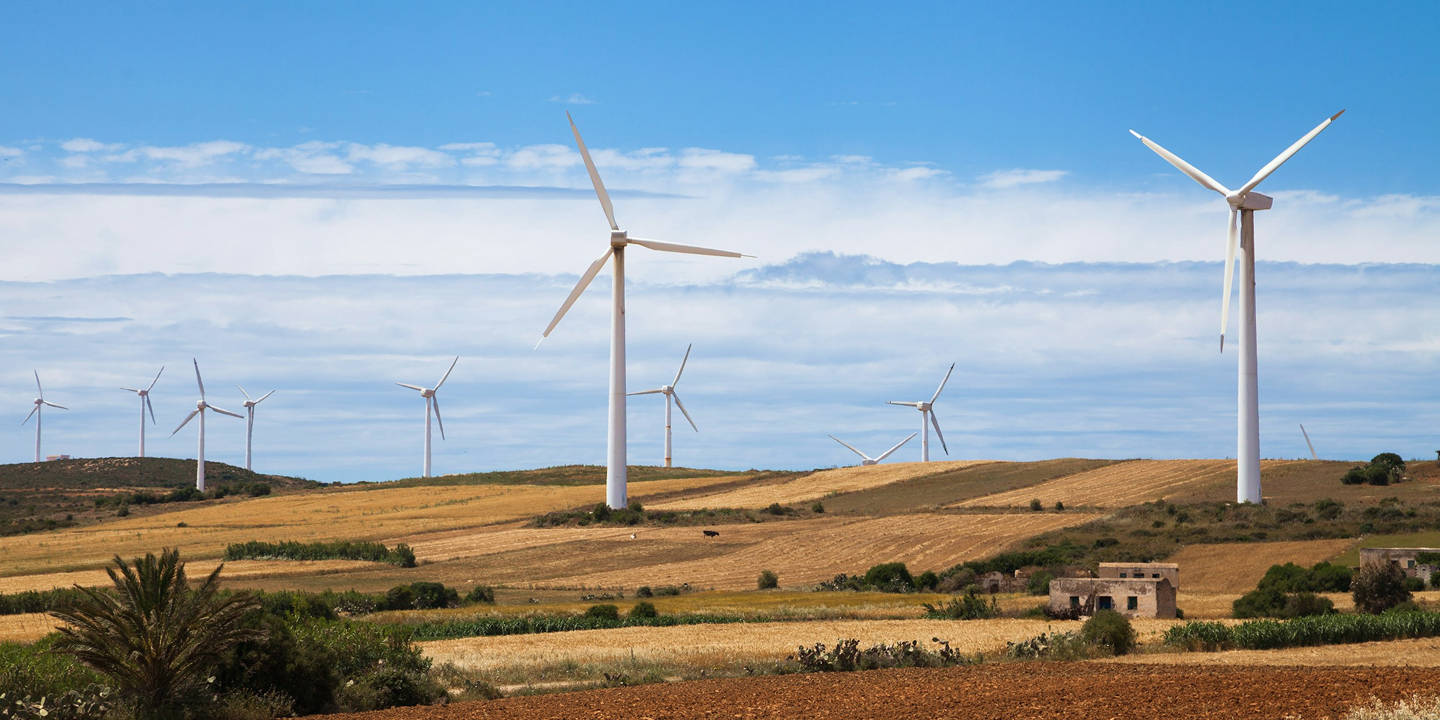Renewable Energy
ALDI’s transition to renewable energy
As a significant consumer of electricity, we understand the responsibility to reduce our impact on the environment. ALDI is committed to finding sustainable alternatives across our operations.
ALDI is powered by 100% renewable electricity
ALDI was the first Australian supermarket to commit to 100% renewable electricity. We achieved this goal six months ahead of schedule in July2021. All our stores, offices and warehouses are now powered by renewable electricity, reducing our carbon emissions by 87% in 2023 (from 2016 baseline).
Our commitment to 100% renewable electricity has been reviewed and verified under the Federal Government’s Corporate Emissions Reduction Transparency CERT famework since 2023. This ensures that our commitment can be clearly and consistently reported.
ALDI Australia, as part of the ALDI SOUTH Group, has set ambitious goals to reduce our emissions in line with the Science Based Targets initiative (SBTi). We have committed to reduce our Scope 1 and 2 emissions by 52% by 2030 (from 2021 baseline).
So, how did we achieve this milestone?
We use a three-pronged approach:
1. Onsite generation via our extensive network of solar panels across ALDI stores and distribution centres. We have solar panels on more than 300 stores and on six distribution centres, with a total of over 122,000 panels. This provides over 46 GWh of renewable electricity each year through onsite generation.
2. ALDI has entered into Power Purchase Agreements (PPAs) with two wind farm operators located in Western Victoria and the Southern Tablelands of New South Wales, enabling us to purchase electricity directly from renewable energy generators.
3. We also acquire large-scale generation certificates (LGCs) through a supply-only PPA with Waubra Wind Farm, which is located north-west of Ballarat in Victoria. LGCs are tradable certificates representing the amount of energy generated by renewable energy power stations.
ALDI remains connected to the electricity grid, with onsite solar directly reducing electricity consumption of stores and distribution centres where panels are installed. For the remaining electricity used at ALDI, LGCs procured through our PPAs with Australian windfarms are surrendered to the Clean Energy Regulator and retired. Surrendering LGCs guarantees that the renewable electricity attributes are correctly allocated to our renewable electricity consumption and are not available for resale.
Small changes make a big difference
By achieving our 100% renewable electricity commitment, ALDI will prevent over 244,000 tonnes of carbon dioxide emissions from entering the atmosphere each year*. This is the equivalent of:
Within our transition to green energy, we have implemented efficiency measures such as installing building management control systems at our stores to better control our air conditioning and refrigeration systems. In new and remodelled stores, we are installing natural refrigerants in our refrigeration systems and installing solar panels where possible.
*Source: National Transport Commission (based on average emissions from a car: 169.8g/km, annual km: 20,000 = annual emissions from a car: 169.8*20000/1000000 = 3.4t).



